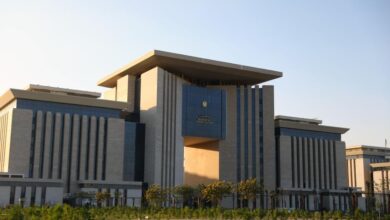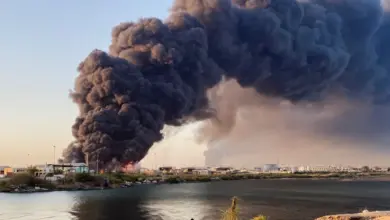
GENEVA (AP) — The U.N. refugee agency says war, violence, persecution and human rights violations caused nearly 3 million people to flee their homes last year, even though the COVID-19 crisis restricted movement worldwide as countries shut borders and ordered lockdowns.
In its latest Global Trends report released on Friday, UNHCR says the cumulative total of displaced people has risen to 82.4 million — roughly the population of Germany. It marks the ninth straight annual increase in the number of people forcibly displaced.
Filippo Grandi, the United Nations high commissioner for refugees, said conflict and the impact of climate change in places such as Mozambique, Ethiopia’s Tigray region and Africa’s broad Sahel area were among the leading sources of new movements of refugees and internally displaced people in 2020.
They added hundreds of thousands more people to the overall count, which has for years been dominated by the millions who have fled countries such as Syria and Afghanistan due to protracted wars or fighting.
“This is telling, in a year in which we were all locked down, confined, blocked in our homes, in our communities, in our cities,” said Grandi in an interview before the report’s release. “Almost 3 million people have had to actually leave all that behind because they had no other choice.”
UNHCR, which has its headquarters in Geneva, said that 99 of the more than 160 countries that closed their borders because of COVID-19 didn’t make exceptions for people seeking protection as refugees or asylum-seekers.
Grandi acknowledged the possibility that many internally displaced people who couldn’t leave their own countries will eventually want to flee abroad once borders start reopening, if the pandemic eases.
“A good example is the United States where already we have seen a surge in people arriving in recent months,” Grandi said, and referred to the U.S. provision called Title 42 that let U.S. authorities temporarily block people seeking asylum from entry for health reasons. “Title 42 will be lifted eventually — and I think this is the right thing to do — but this will have to be managed.”
Asked about U.S. Vice President Kamala Harris’ recent trip to Central America, where she told would-be migrants to the U.S. “do not come,” Grandi expressed hope that the remark was not reflective of overall U.S. policy.
“I think that messaging indeed, as it was reported, is stark, and maybe shows only one part of the picture now,” Grandi said, adding that he had heard a “more complex response” from other officials in Washington when he was there recently.
Among recent hotspots, Grandi said hundreds of thousands of people were newly displaced in Mozambique and the Sahel last year, and up to 1 million in the Tigray conflict that started in October.
“I’m worried that if the international community is not able to stop these conflicts, we will continue to see the rise in the numbers,” he said.
The report said that at the end of last year there were 5.7 million Palestinians, 3.9 million Venezuelans and an additional 20.7 million refugees from various other countries displaced abroad. Another 48 million people were internally displaced in their own countries. Some 4.1 million more sought asylum.
Turkey, a neighbor of Syria, has taken in the most refugees in absolute numbers — 3.7 million — a figure more that twice that of the No. 2 host country, Colombia, which borders Venezuela. Afghanistan’s neighbor Pakistan was third.
UNHCR said now 1% of all humanity is displaced, and there are twice as many forcibly displaced people than a decade ago. Some 42% of them were aged under 18, and nearly 1 million babies were born as refugees between 2018 and 2020.
“Many of them may remain refugees for years to come,” it said.
___
Lederer reported from the United Nations in New York.




